Let’s talk about closing open browser tabs.
Every time we encounter something stressful, we begin a stress response cycle. We open a new tab in our brain’s browser, and it has to go through a few processes before we can close it.
If it doesn’t go through these processes, the tab stays open. We might ignore it, go focus on something else, but it’s there taking up resources.
If we keep opening tabs and then not closing them, the capacity we have to manage the things we want to focus on gets smaller and smaller until it starts impacting our day to day life.
Old tabs might demand the be seen again. We might feel like everything takes double the effort. We might start dreaming of tabs we thought we’d closed. A process that would normally be easy to run becomes a giant ordeal and we might find ourselves getting overwhelmed at what is normally a tiny hiccup.
Meet the stress response cycle.
The Gut reaction.
There it is again, that funny feeling
Our mind decides whether the triggering event is a threat or not.The Physical Response
His palms are sweaty, knees weak, arms are heavy
There's vomit on his sweater already, mom's spaghetti
He's nervous, but on the surface he looks calm and readyInternalisation and incubation
This can go one of two ways - it can be open and curious, or it can be closed and re-enforce our existing thoughts and feelings. We can deliberately act in this space, or we can default to whatever coping mechanisms we have on board, for better or for worse. This is the point where a tab will either remain open, or be closed.Homeostasis
Our bodies always want to return to a familiar space of balance. That space is not always a helpful one either.
So how do we close tabs?
Physical activity
Breathing
Social Interaction
Affection
Laughter
Tears
Creativity
Let’s zoom out.
Meet the Ultradian Cycle.
Where your circadian rhythm completes one cycle a day, the ultradian rhythm completes a cycle roughly every 90-120 minutes.
Stress, and therefore trauma gets easier to deal with when we deliberately act in line with the cycles we are already subject to. When we don’t, we’re adding more stress.
The Ultradian Healing Response (The UHR in the dip) is the perfect opportunity to step away from a task, eat, socialise, and nap before approaching our task again with fresh eyes.
Let’s zoom out.
The stress response cycle is pretty much the same as the creative cycle.
Information - That initial spark of interest.
Incubation - We dig deeper into it and how it relates to us. This is where we find the difficult parts.
Illumination - The breakthrough, the ah-ha moment.
Verification - We learn from our experience and carry forward with these new things on board.
Because these cycles are already inside of us and the way we view the world, it is beneficial to use them to our advantage.
Perhaps take a moment to view the current thing you’re working on as a singular project with a beginning, a middle and an end, even if it is ongoing.
If it’s social media, for example, think of the next three months. Deliberately plan and schedule the next three months of programming. Then, as the posts roll out, use the data that is coming in to close out the verification process, where we move forward to the next three months with real data and not a good guess.
When we finish out that three months, we deliberately take the time to recognise the achievement, celebrate the wins, and apply the lessons moving on to the next phase.
Let’s zoom out again.
Knowing which cycles resonate with you the most can help you process whatever you’re dealing with and remind you to deliberately move through the cycles, from the smallest to the largest.
One of the things that prevents trauma is our ability to assign meaning to a struggle.
When we recognise these cycles, we can use our worldview to move through to a place where what we experience can be integrated and put in its rightful place.
These cycles have been thought about by humans the world over for thousands of years, and are ingrained into the way our world works.
Some of these cycles include
The seasons
the moon
The tides
The menstrual cycle
The hero’s journey
The Buddhist cycle of time
The Hindu Yuga Cycle
The Catholic Liturgical Calendar
The Jewish Feast Days
The story in the major arcana of the tarot
The Life, death, and resurrection of Jesus

Review.
One of the most useful things we can do to lessen stress, reduce burnout, and avoid vicarious trauma is to deliberately complete the stress cycle.
Recognising the larger cycles at work in our lives also help us to self-regulate and avoid the stress that comes with resisting or neglecting them.








